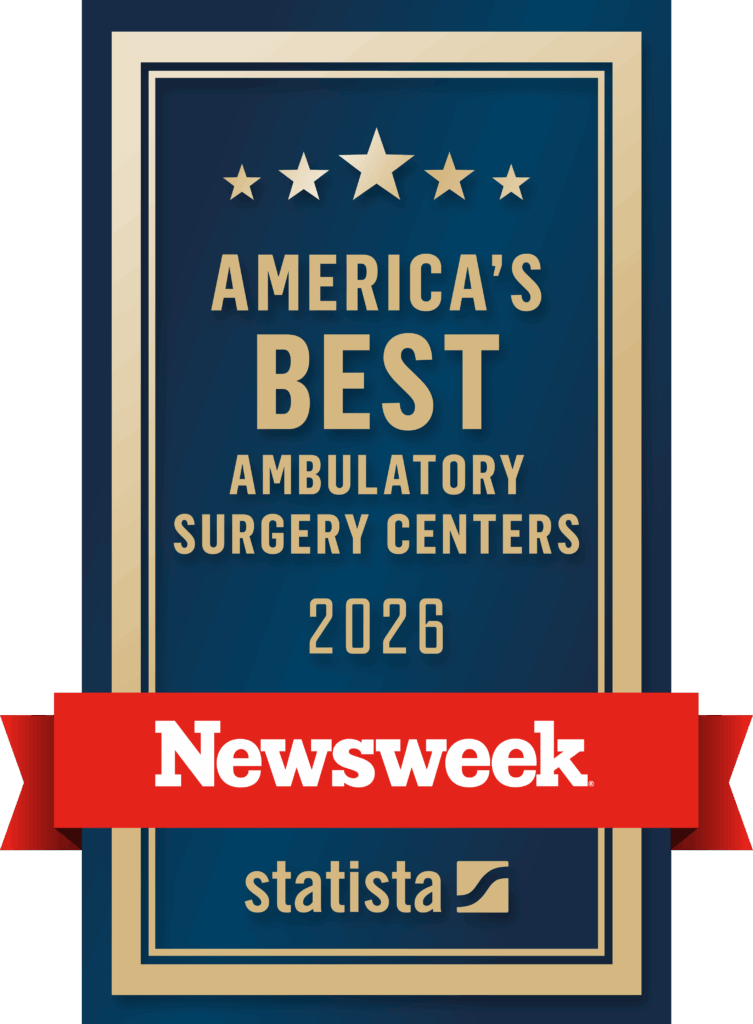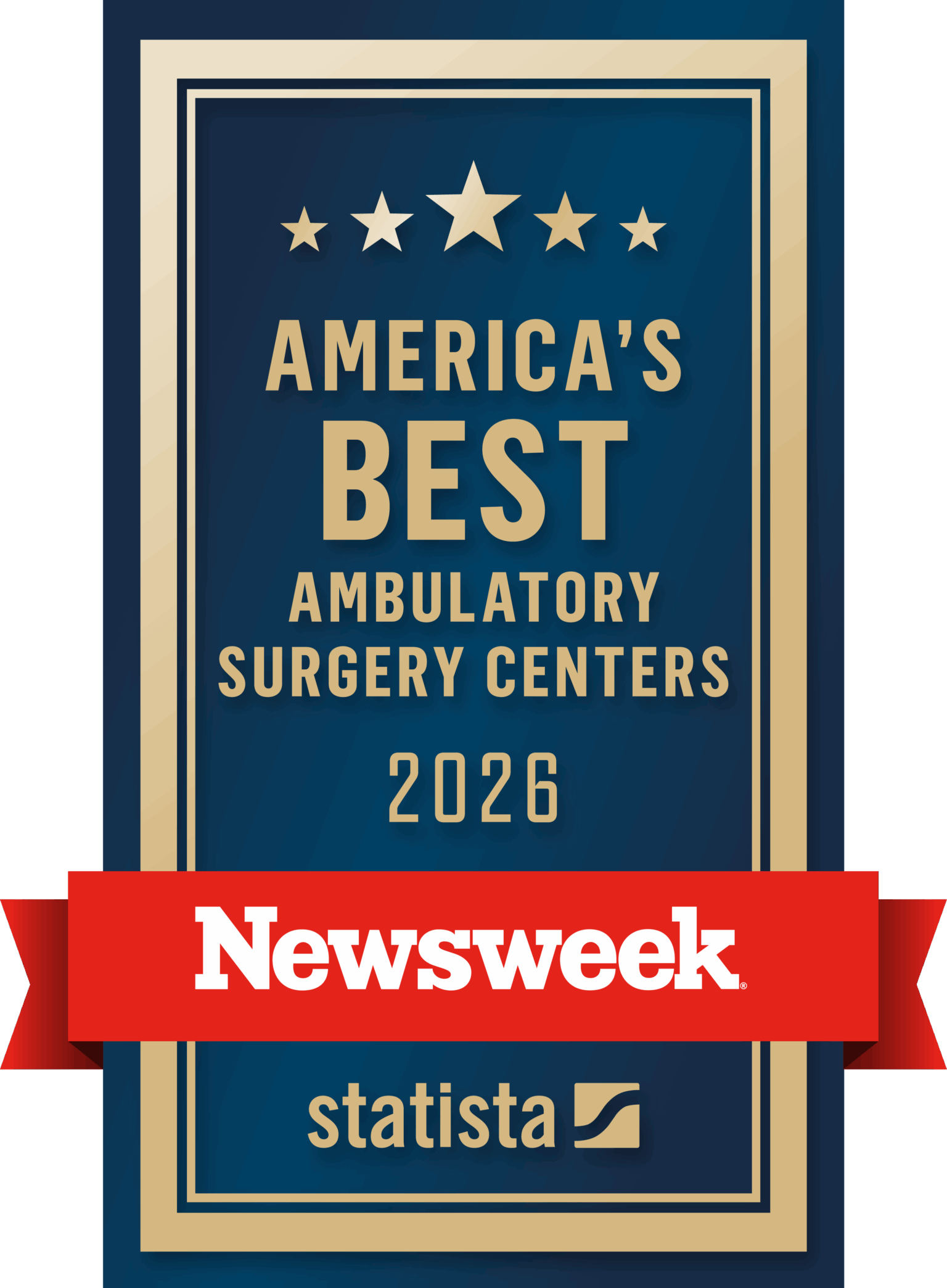Non-Operative Solutions to Pain with Dr. Harper
Seeing an Orthopedic Physician doesn’t necessarily mean you are having surgery! In fact, we operate on less than 30% of our patients at OSMS. Dr. Michael Harper, OSMS Interventional Sports Medicine Physician, discusses your options to treating sports medicine and orthopedic conditions non-operatively.
You’re our first doctor that’s Interventional Sports Medicine. Can you tell us what it is that an Interventional Sports Medicine
physician does and why you became one?
“Yeah, so I primarily specialize in non-operative musculoskeletal and Sports Medicine care, treating things like osteoarthritis, knee, shoulder and hip, also muscle injuries, tendon injuries, ligament injuries like an ankle sprain. The Interventional part of my title also emphasizes the Advanced Training that I have in both ultrasound and fluoroscopic guided injections.
What led me down the path and want to become a sports medicine physician is, unfortunately, when I was in high school, I was a three-sport athlete – football, wrestling, and track – and every season of every sport, I had some sort of injury. I spent a lot of time with my High School athletic trainer, John, and throughout my time with him, ended up having a lot of knowledge gained about the rehab process and about different types of injuries. That really sparked the passion for getting players back onto the field and I ended up helping a lot of my high school teammates in their rehab while I was dealing with a broken leg. So, that sparked me become an athletic trainer.
Actually, I did get my undergraduate degree at the University of Wisconsin – La Crosse and then after that, decided I wanted to further my education and went to medical school. I was there in Milwaukee for both residency and my medical school and then I did a Sports Medicine Fellowship in Manhattan at HSS.”
What can patients expect from you as their as their physician?
“I want to empower them and give them options to be an active participant within their care. There are different things like therapeutic exercises, medication optimization, working then with the physical therapist or occupational therapist, getting them in touch with other types of practitioners such as chiropractic care or massage therapy, as well different bracing. Then, ultimately, also one of the things I’m specialized in is those interventions. Those ultrasound guided injections.”
So, what are some of those injuries and conditions specifically that you see and help educate your patients with?
“Absolutely! So, I see hip pain, shoulder pain, knee pain, kind of all the extremities from the head on down, and we specialize in things like osteoarthritis, muscle injuries, tendon injuries, and then also different types of sprains of ligaments. Like an ankle sprain or hip osteoarthritis or tendonitis of the shoulder or elbow.”
You do ultrasound guided injections, image guided injections, could you explain what that is, or why someone may get that?
“The primary goal of an injection is to be able to help improve somebody’s pain, improve their function, and ultimately improve their quality of life. What I utilize is both the ultrasound and a fluoroscope, also kind of like an x-ray, to help guide the needle down to get precise placement and to put the medication right where it needs to be. There are multiple different advantages for doing a different type of ultrasound or fluoroscopic guided injection. Some is increasing the efficacy of the injection, some of it might end up being that it helps diagnostically, figuring out where exactly the pain is coming from by precisely putting local anesthetic into a joint or around a tendon. I’ve also seen that it helps patients improve their comfort during a procedure by having it image guided, as well.”
How and where can someone make an appointment with you?
“Yeah, so, currently I’m seeing new patients at our OSMS location in Green Bay. There’s three different ways that patients normally see me. One is scheduling a new office visit – you can do that by calling or making an appointment online. Additionally, you also can see me by walking in and doing our Acute Injury Clinic. Monday through Friday, we have an Acute Injury Clinic that’s open from 8:00 a.m. until 5:00 p.m. So, if somebody has an acute injury, like an ankle sprain, I might be one of the Physicians that you might see when you come to our front desk and check in. Also, because I perform those image guided injections, one of our other providers might recommend those types of injections, whether it be one of our Orthopedic or Rheumatology providers, and they will have you scheduled with me to do that procedure!”
See how your sports medicine or orthopedic injury may be treated, by Scheduling an Appointment with Dr. Harper.










